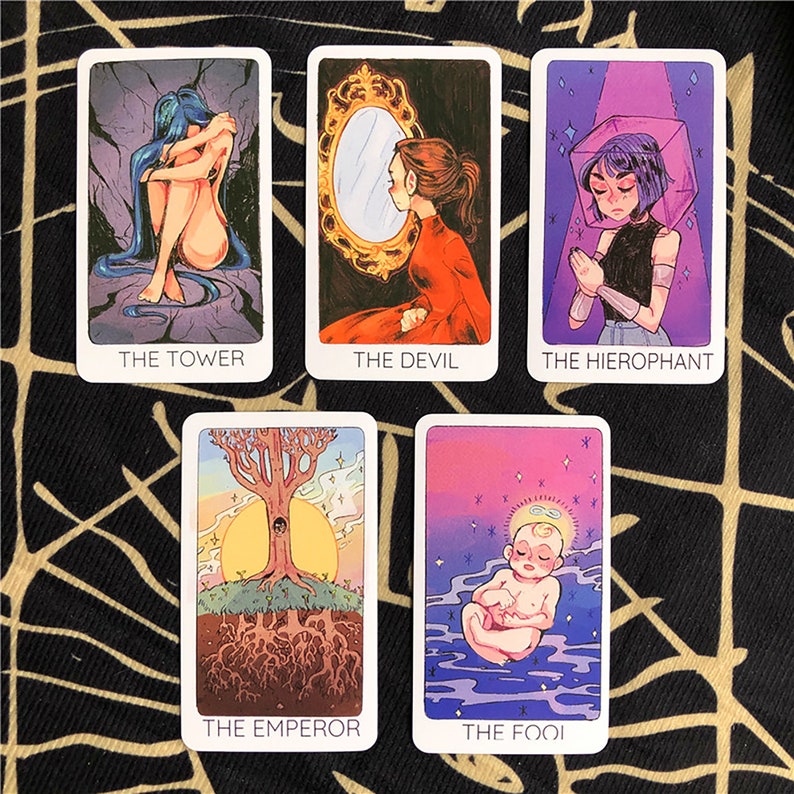

We know little about the different types of sociability that OCCGs afford. Previous studies found that the social aspects of physical CCGs are crucial for players' motivation and engagement. Online Collectible Card Games (OCCGs) are enormously popular worldwide. It also helps game designers to target the needs and motivations of their audience. These findings contribute to our understanding of why individuals play different types of video games. We found Eternal players had higher satisfaction of their autonomy and competence needs than Hearthstone players. These differ from the findings with CCGs where the main motivations were socialization and strategy development. Competition and immersion seeking were main motivations to play OCCGs whereas socializing and strategizing (smarty-pants) were the least. A survey study using the Trojan player typology with 856 players from two popular OCCGs (Hearthstone and Eternal) revealed four main player motivations: immersion seeker, socializer, competition and smarty-pants. Despite their popularity and unique mechanics, we know very little about OCCG players, their motivations and play habits.

Online collectible card games (OCCGs) are digital, networked contemporaries of collectible card games (CCGs) which combine the collection of trading cards with strategic deck building and competitive gameplay. Findings can inform the best practices and principles in the design of OCCGs, and contribute to our understanding of players' perceptions of OCCG communities. We also found emergent toxic behaviors, afforded by the social features. The results show that players rarely use social features, and these features contribute differently to predicting players' sense of community. This mixed method online survey study focuses on a representative OCCG, Hearthstone to 1) identify and define social design features and examine the extent to which players' use of these features predict their sense of community 2) investigate participants' attitudes towards and experiences with the game community. Nor to what extent they influence players' social experiences. However, we know little about the different types of sociability that OCCGs afford. Previous studies found that the social aspects of physical CCGs are crucial for player engagement. Additionally, the results show that the design requirements are flexible enough to include criteria from other player enjoyment evaluation models. The results revealed positive feedback in regards to player enjoyment, evidencing the effectiveness of the design requirements. The design requirements were applied in the development a game, later evaluated using the GameFlow and EGameFlow models. These design requirements objectively present how elements can be implemented in educational serious games to enhance the achievement of criteria for player enjoyment found in those models.

From the association of criteria found in GameFlow and EGameFlow models with design elements of digital games, this paper presents design requirements for the development with focus on players’ enjoyment.

Thus, it is important that these games are able to promote players enjoyment, encouraging replayability and recommendation from players, potentially enhancing the games’ educational effects. Educational serious games are commonly presented to students by their teachers, directing them to play, instead of the students starting to play willingly. This kind of evaluation can only be done after the development and have been used to identify possible points for game improvement. Player enjoyment evaluation models allow developers to know the performance of a game in promoting player enjoyment.


 0 kommentar(er)
0 kommentar(er)
